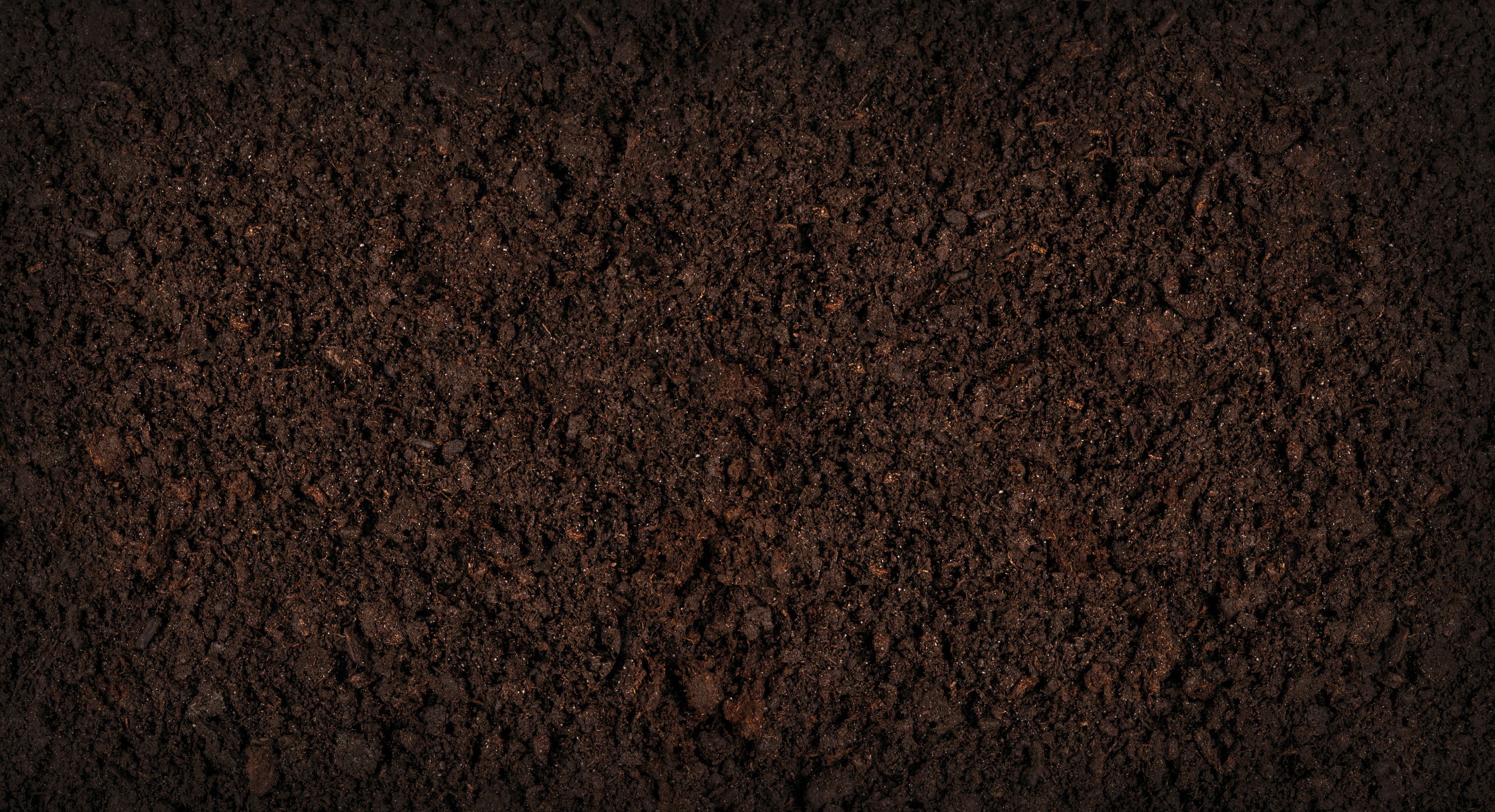Pastures:
- Those keeping sheep cattle, especially milk producing animals, need to keep tabs on their pasture’s magnesium content, especially during cool weather growth.
- Magnesium levels are lower in grasses during cool weather growth. The plant’s high moisture content causes low uptake of nutrients.
- Sheep and Cattle need a continuous supply of magnesium supplement, because their systems don’t have access to magnesium stored in their bones.
- Providing a supplement of Magnesium Sulfate or Magnesium Oxide can help your animals stay healthy while you make sure their pasture is providing adequate nutrition.
- Test your pasture’s soil to determine which nutrients are depleted. This way you can make informed decisions when it comes to soil amendments.
- The Co-Op has soil testing kits for sale at both locations.
- For a proper sample:
- Dig a hole 6 inches deep
- Collect soil uniformly think from top to bottom along the edge of the hole
- Collet samples from several locations around your pasture
- Mix samples in a clean bucket
- Spread the mixed samples on clean baking pan for a day to air dry
- Discard stones, sticks, insects, and other debris
- Once dry, follow the instructions on the sample kits to test your soil
Gardens:
- In the Maritime Pacific Northwest, we get a lot of rain. For this reason, our soils are almost always depleted of trace minerals, especially calcium
- For starting a new garden area that have never been amended or fertilized, assume the area is needs additional calcium and magnesium:
- Spread 3 parts Agricultural Lime to 1 part Magnesium Sulfate at a rate of 50 pounds per 1000 square feet
- Be careful not to over-lime. Soils completely saturated with calcium and magnesium are unable to hold other nutrients.
- Throughout the growing treat your garden soils every three months or so, during vigorous plant growth, with an appropriate fertilizer mix.
- If you use the following recipe, you will continue to replace much needed nutrients, and you shouldn’t have to worry about the nutritional quality of your soil:
- 4 parts cottonseed meal or soybean meal
- ½ part lime and magnesium sulfate mixture (the one used to initially treat the area
- ½ part phosphate rock or bone meal
- ½ part kelp meal



